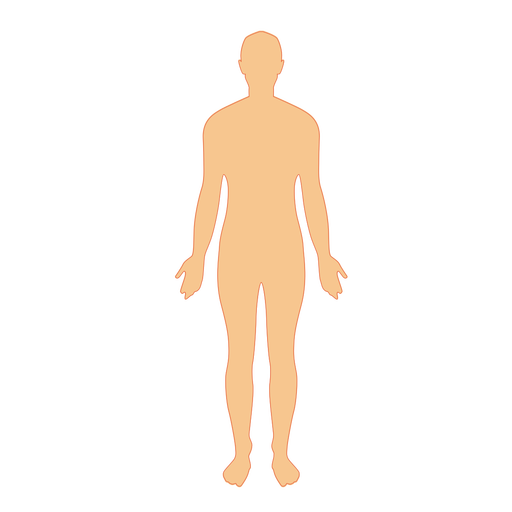PARTS OF THE RESPIRATORY SYSTEM
Nostrils: To warm air on inhalation and remove moisture on exhalation.
Mouth: It is an oral cavity which serves to expel or inhale air.
Pharynx: The portion of the digestive tract that receives the food from your mouth.
Tongue: A small, fleshy and muscular organ attached to the floor of your mouth that helps in tasting, chewing, swallowing and speaking.
Epiglottis: Acts as a switch between the larynx and the esophagus to permit air to enter the airway to the lungs and food to pass into the gastrointestinal tract.
Larynx: Manipulates pitch and volume, houses the vocal folds.
Vocal cords: When you talk, close the passage air and when you breath, open the passage of air.
Trachea: Allowing the passage of air (respiratory gases) it connects larynx (voice box) and pharynx with lungs.
Bronchus: A bronchus is either of the two major branches of the trachea that lead to the lungs.
Alveoli: That help our body parts get the oxygen that we breathe in and get rid of the carbon dioxide we don't need.
Lungs: The lungs main function is to help oxygen from the air we breathe enter the red cells in the blood.
Diaphragm: That separates the chest from the abdomen. It is also referred to the
thoracic diaphragm because it is located in the thoracic cavity.

